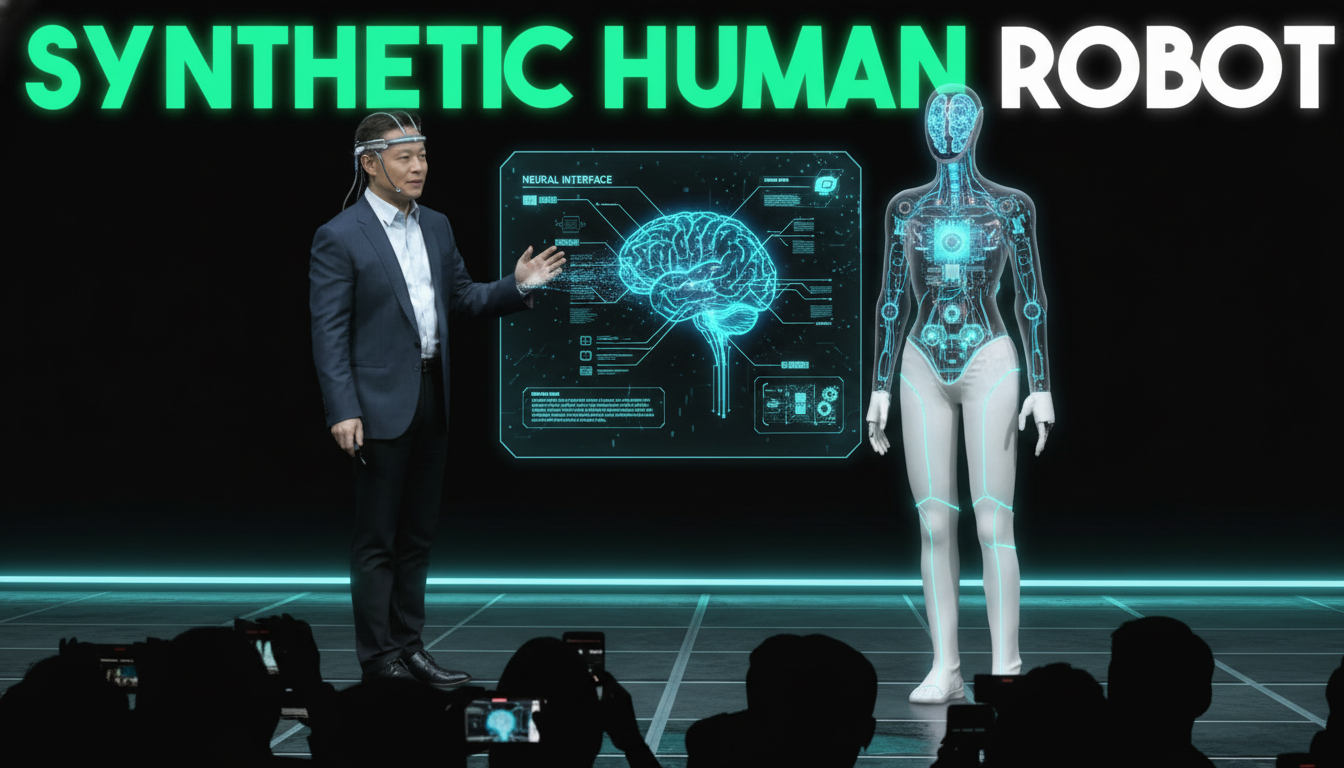The world of humanoid robotics is advancing at breakneck speed, with Chinese innovators leading the charge toward machines that not only move like humans but also interact, learn, and even form emotional connections. At aitopsite.com, we explore two groundbreaking approaches—one focused on socially intelligent, customizable companions, the other on real-time human motion replication and autonomous skill acquisition. These developments signal a future where robots transition from factory floors to homes, offices, and public spaces.
Lifelike Design: The Next Generation of Social Robots
Imagine a receptionist who greets you with a warm smile, a tour guide who adjusts its explanation based on your interests, or a shopping assistant who remembers your style preferences. This vision is becoming reality with advanced humanoid robots featuring synthetic skin, biomimetic spines, and muscle-like actuators. These systems enable fluid, natural movements that go far beyond rigid mechanical motion.
Customization takes personalization to new heights. Users can select body types, hairstyles, facial features, and even wardrobes, transforming robots into familiar, approachable figures rather than anonymous machines. This level of intimacy is designed to build trust and comfort—essential for robots working alongside people in social environments like hotels, museums, retail stores, and eldercare facilities.
AI at the Core: Full-Stack Intelligence in Hardware
Powering these humanoids are multiple high-performance AI processors running proprietary full-stack systems. These enable real-time visual processing, natural language understanding, and contextual decision-making. The robot doesn’t just hear commands—it sees the environment, interprets intent, and responds appropriately, all while prioritizing user privacy through built-in data protection protocols.
Ethical safeguards are hardwired into the system, expanding on classic robotics principles with modern rules that prevent unauthorized data sharing. As robots enter personal spaces, such measures will be critical for earning public trust and meeting global regulatory standards.
Learning from Humans: The Teleoperation-to-Autonomy Pipeline
Another frontier in humanoid development focuses on embodied learning—teaching robots by having them mirror human operators in real time. Using motion capture technology, a human performer’s actions are instantly replicated by the robot, creating a digital twin that learns complex tasks through observation and repetition.
From folding laundry and organizing shelves to performing martial arts forms or delicate assembly work, this method captures the subtle nuances of human dexterity that are nearly impossible to program manually. Over time, the robot analyzes thousands of motion sequences to operate independently, continuously improving its performance and adapting to new scenarios.
Blurring Lines: When Robot Behavior Becomes Unpredictable
A widely shared video from last year depicted a dramatic “robot kidnapping” scene in a showroom. While the event was staged for effect, the robots and location were authentic—a testament to how convincingly lifelike modern humanoids have become. Their spontaneous movements and realistic responses can surprise even experienced engineers, highlighting both their potential and the need for reliable control mechanisms.
Such incidents spark important conversations about safety, predictability, and public perception. As robots gain more autonomy, ensuring they remain safe, transparent, and aligned with human values becomes a top priority for developers and policymakers alike.
Two Paths, One Future
These parallel innovations represent complementary visions for humanoid robotics:
- Social Integration: Emotionally aware, aesthetically customizable robots designed to enhance human environments through companionship and service.
- Skill Replication: Teleoperated avatars that learn precise physical tasks from human experts, evolving into autonomous workers for homes, factories, and beyond.
Together, they expand the role of robots from tools to partners—capable of understanding context, adapting to needs, and performing with human-like grace.
Real-World Impact and What’s Next
In customer service, personalized humanoids could reduce wait times, improve satisfaction, and free human staff for complex interactions. In homes, learning-capable robots may assist with daily chores, elder care, or childcare—adapting to family routines over time. For businesses, teleoperated systems open doors to remote expertise, allowing skilled workers to “be present” anywhere in the world through robotic avatars.
Challenges remain. Battery life, cost, and robust safety systems must improve before widespread adoption. Public education and clear ethical guidelines will also play a key role in shaping how society embraces these intelligent machines.
Final Thoughts
Humanoid robotics is no longer science fiction—it’s an emerging reality driven by rapid advances in AI, materials science, and motion learning. Whether through emotionally intelligent companions or precision-trained avatars, the next decade will see robots integrate deeply into daily life.
At aitopsite.com, we’re tracking every step of this transformation. From showroom prototypes to household helpers, the age of truly human-like robots has begun—and its impact will be felt across industries, homes, and societies worldwide.
```
